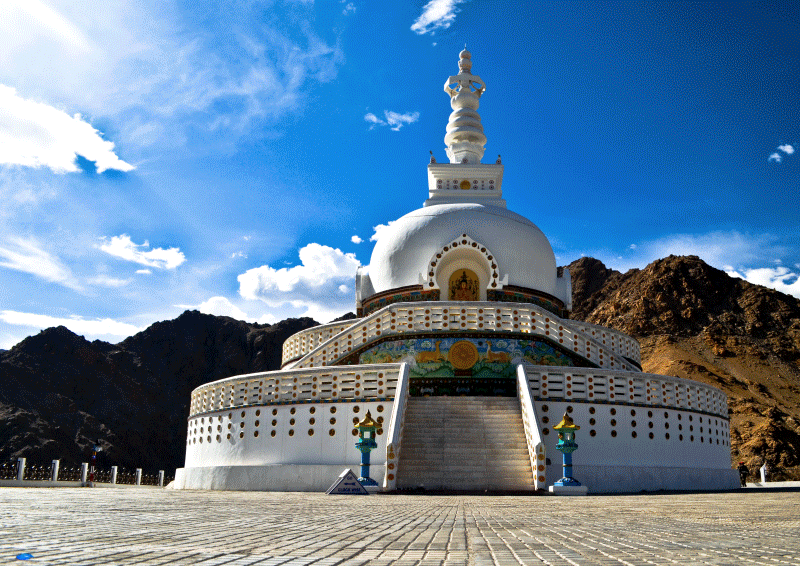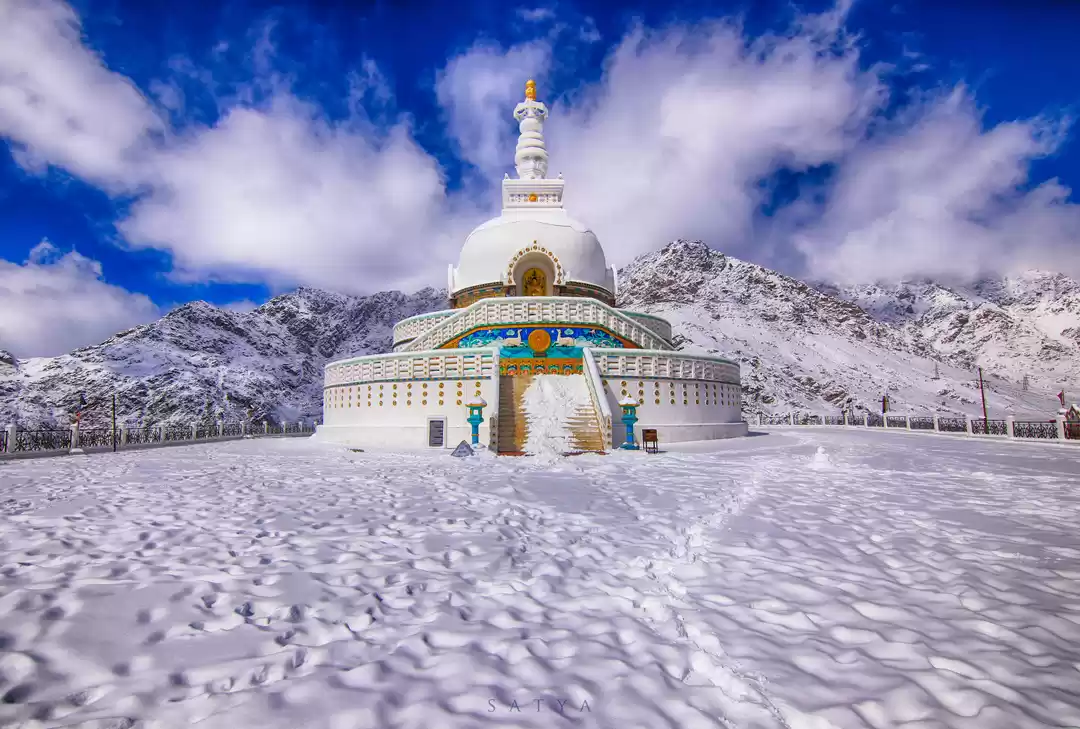
In the 17th century, Hanle Monastery was one of Ladakh’s largest and most famous monasteries. It belongs to the Red Hat (Tibetan Drukpa Kagyu) branch of Tibetan Buddhism. The monastery, located in the Hanle Valley of Ladakh’s Leh district, straddles the ancient trade route between Ladakh and Tibet. The monastery, also known as Hanle or Analy Gompa, is home to ten monks. More than 33 monks come to the monastery for prayers regularly.
The monastery is fewer than 20 kilometres from the India-Tibet Line of Actual Control. Hanle was the first monastery to be affiliated with the Drukpa School, which Stag-tsang-ras-pa belonged to, and was built with the help and support of Ladakhi King Sengge Namgyal and Stag-tsang-ras-pa (a famous Tibet monk).
Hanle Monastery was built in the Tibetan architectural style, although it also has Indian and Chinese influences. The monastery earned much prominence in Ladakh and the surrounding regions thanks to the Namgyal family’s continued sponsorship. The Yellow Hat sect, also known as Gelug, faced stiff competition from Hanle Monastery.
The Red Hat sect includes the monasteries of Hanle, Hemis, Stakna, and Chemrey. The Indian Astronomical Observatory, located at the Hanle Monastery, is one of the world’s highest optical, gamma-ray, and infrared telescopes. The Indian Astronomical Observatory in Hanle is the world’s second-tallest optical telescope, standing at 14,674 feet.






































